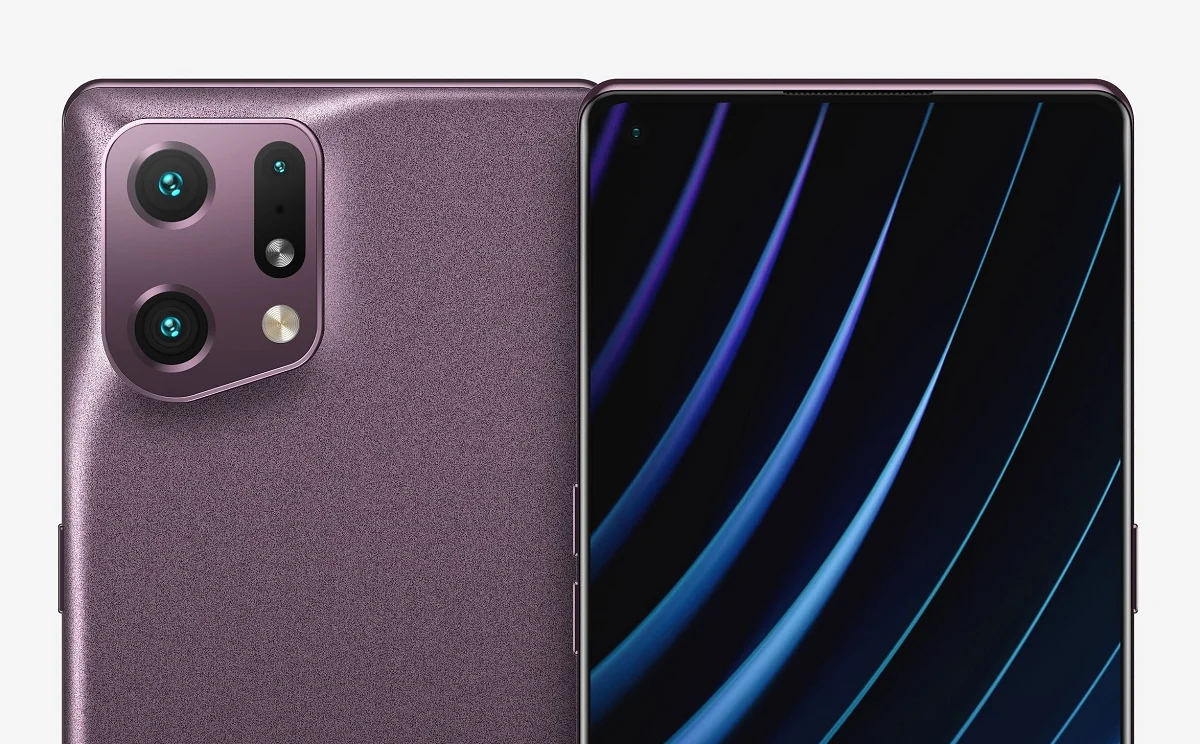When is the series? iPhone 16 reaches consumers, first impressions are compounded, and they paint a bleak picture. While the phone’s performance exceeds expectations in areas like processing power, thermal management, and camera features, there’s one feature that’s getting a lot of attention for all the wrong reasons.
This year Apple A new capacitive button was introduced on the side panel iPhone 16. Positioned for easy access when holding the phone horizontally, the button acts as a camera shutter, providing a tactile vibration. Apple has tried to improve the camera’s performance by simulating the feel of a traditional camera. However, some users were not impressed. Many call the feature one of the most disappointing innovations Apple If that wasn’t enough, the cost of repairing this button is staggering today.
1. Repair costs are rising rapidly
A capacitive button also comes with a hidden cost. Reports state that the button is made up of nine separate components, making it much more likely to break. If the button breaks, Apple will classify it as “other damage,” and the repair costs are very high. The repair bill for the iPhone 16 can reach 4,399 yuan (~$624), while for the iPhone 16 Pro, it can cost up to 5,299 yuan (~$751). These prices suggest that repairing the button could require replacing the motherboard, which could add to the frustration.
2. What went wrong?
It was clear from Apple’s marketing materials what was behind the capacitive button. The idea was to give users a better camera experience: Light taps open menus, swipes adjust settings, and the button acts as the camera’s shutter. It sounds innovative on paper. But in practice, it’s a different story.
Users have reported that the button doesn’t work as smoothly as Apple suggests. It’s in an awkward position, making it difficult to reach when holding the phone horizontally or vertically. For many, trying to use the button to take a photo will result in poor ergonomics and make it difficult to hold the phone steady while pressing the button.
Another issue is the small interface when using the button to adjust camera settings. Many users find this to be a cumbersome and less intuitive process than adjusting settings directly via the touchscreen. In short, this feature complicates what should be a simple process, and the cost of repairing the button may make users reluctant to use this new feature.













